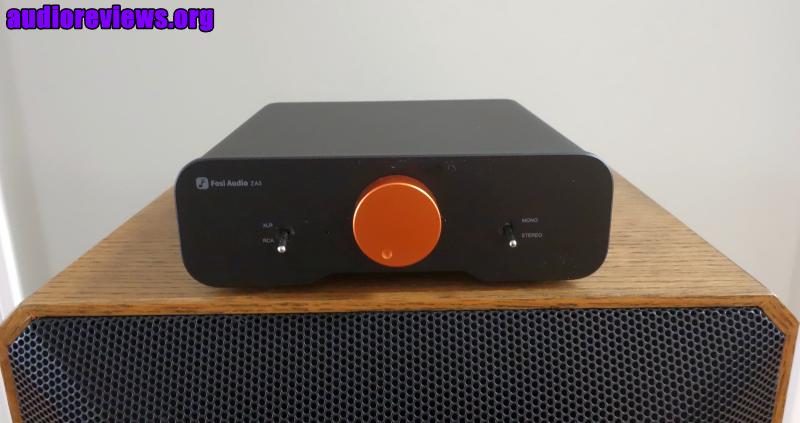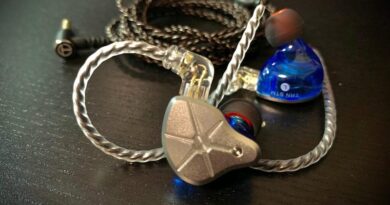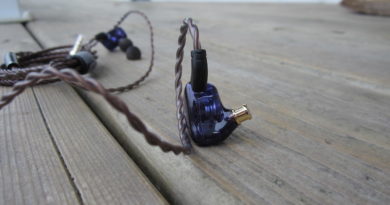Fosi Audio ZA3 Stereo/Mono Amp Review – Making New Friends
In this Article
INTRODUCTION
Courting green audio aficionados and perhaps some seasoned folks, the Fosi Audio ZA3 desktop amp has the allure of affordable yet buzz worthy tech. They have built an arsenal of small but mighty desktop power amplifier solutions, from 2 channel, 3 channel and now a select-able two channel/monoblock built around the Texas Instruments TPA3255 class D amp chip.
By scaling back maximum power, they are able to also run it in a lower signal to noise ratio region that makes it clean and resolving at the same time and delivering plenty of power for a desktop or even room filling output. However we need to be realistic about the 300W max power output as the power supply is not large enough to deliver true 300W continuous power output with the 32V maxing out at 160W or 240W for the 48V version.
Having experimented with the TB10D, and V3 amplifiers from Fosi Audio, the ZA3 is the next generation or third iteration of this design, each one improving on the next as it should. The TB10D/BT20A Pro were Gen1 using the TPA3255 and were the most powerful version…until they launched the V3 with a 48V 5A power supply option.
Technically you can order the 48V 5A power supply and use it with the TB10D Pro for more power with reduced signal to noise specifications. Fosi Audio offers it with 32V/5A. 48V/5A or no power supply options priced at $129, $149 and $99 respectively.
FEATURE COMMENTARY
Ideally though the V3 was fairly well received minus some caveats, and the Fosi Audio ZA3 is a more mature version with the stylistic elements of a burnt orange volume knob, balanced inputs, a usable preamp and a mono mode to boost power output, or wastefully use it to power a small subwoofer.
New features not available on their other models include the switchable RCA or XLR balanced input that accepts ¼” TRS/XLR. With these two unbalanced and balanced connections you get two inputs. We are still stuck with the tiny binding posts found on their other models, I tend to use banana jacks for easy switching anyway.
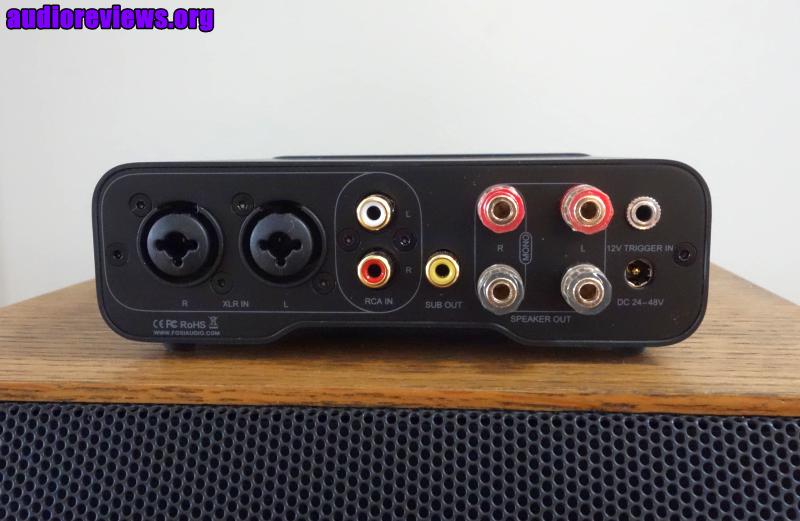
Other new features include the subwoofer output, and 12V trigger input to automatically turn it on/off with a preamp or AVR? Another more diy approach for desktop PC users would be to run a 12v out from your desktop PC and trigger it that way. There are most likely some DACs out there with 12 trigger outputs to turn it on as well. I did test this with my ancient Denon AVR-3806 and it comes in handy, let me explain.
The Fosi Audio ZA3 powers on or off with a long press on the volume knob, it seems sensitive to where you push on it, or it did not always recognize that I had tried to turn it on. Maybe I was impatient, but sometimes I just did not have the magic touch to turn it on. I would prefer a standalone power switch if the knob is going to be touchy. The knob itself is smooth and the indentation is prominent enough to see the position of it from across the room.
With the 48V 5A power supply almost as big as the amp itself, I felt comfortable taking this thing for a spin as the main room amplifier and freeing it from pure desktop usage. While it fits more at home there, it has plenty of output to be the focal point of a serious sound system.
The manual is not entirely clear about loading the amp, it states 2-8 ohm speaker systems, I imagine this is for stereo operation. To be safe, I would not recommend using a 2 ohm load in mono mode unless Fosi Audio explicitly states it.
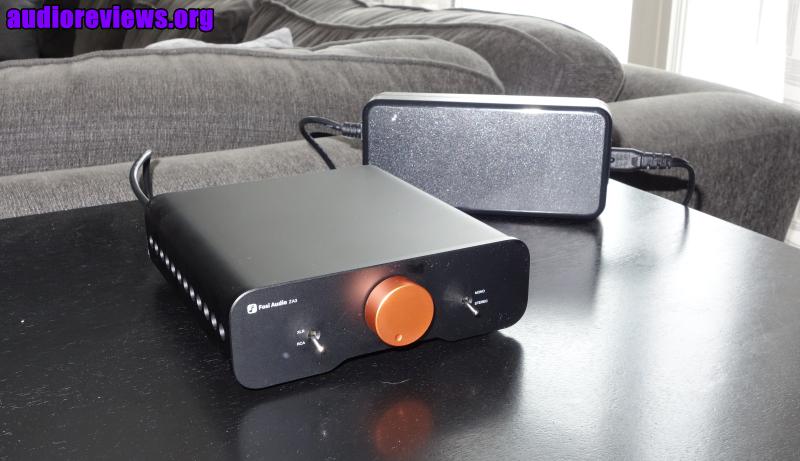
SOUND COMPARISONS
Pairing the Fosi Audio ZA3 with my Amrita Audio Elan 8 inch 2 way floor standers, the SMSL DO100 DAC, and Sony DVP-SS7700 it performed rather exceptionally for a Class D chip amp. Imaging separation and clarity were quite noteworthy. Bass control was tight, yet perhaps a little restrained. This was not a lack of power as I was running it at a decent listening level about 50% maximum clean output, instead there was some richness missing.
Swapping in a Parasound HCA800 II set to the same level, it sounded more enveloping and the bass had more texture and warmth. More meaty and visceral sounding, I swapped in the Adcom GFA-545 again doing some level matching and noticed it too had more drive behind the bass.
Between these two amps, they both gave the impression of stronger depth and more envelopment. The Fosi Audio ZA3 had a defined stage width with less front to back range, and the Parasound felt more like an arcing stage as opposed to a flat stage.
To be fair, these are some well regarded 2 channel amps with plenty of power supply and output current to power the vast majority of 2 channel sound systems into blissful happiness. Next I put it up against the Denon AVR-3806, a decently powerful home theater receiver and it did not have the same clarity or resolution of the Fosi Audio ZA3.
My final test of the Fosi Audio ZA3 was to incorporate the subwoofer pre-out. The addition of the subwoofer pre-out helps with the new wave of small bookshelf plus subwoofer setups. It is much easier in a smaller room or desktop setup to make room for a bookshelf and offload the heavy lifting to the subwoofer on bass duty.
The pre-out has a 200Hz low pass filter and is controlled via the volume knob. The V3 pre-out was not a true pre-out, so Fosi implemented a proper and useful feature. Note it can be used to supplement the natural roll-off of your main speakers, there is no high pass filter for the main channels and you would need to use the built in crossover of your subwoofer to adjust it down to a proper cut-off frequency.
MODDING AND HOT-RODDING
Op-amp swapping carries over from the V3 to the Fosi Audio ZA3. Removing four 2mm hex screws (two on the back panel, two underneath), prying off the volume knob with a plastic cooking spatula, and loosening the 10mm nut gives you access to the internals, which construction shows are miles and miles better than a Dayton Audio DTA-100a I have from over a decade ago.
The op-amps are used in the pre-amplification stages and provide gain and feedback control to minimize distortion. There are a total of five op-amps that can be swapped, one for each Left/Right, two for the subwoofer pre-out (one is used for the filter), and one for the XLR.
They come stock with TI NE5532 which is vintage by audio standards, but an extremely stable, inexpensive, noise free op-amp found in millions of audio devices including professional audio gear.
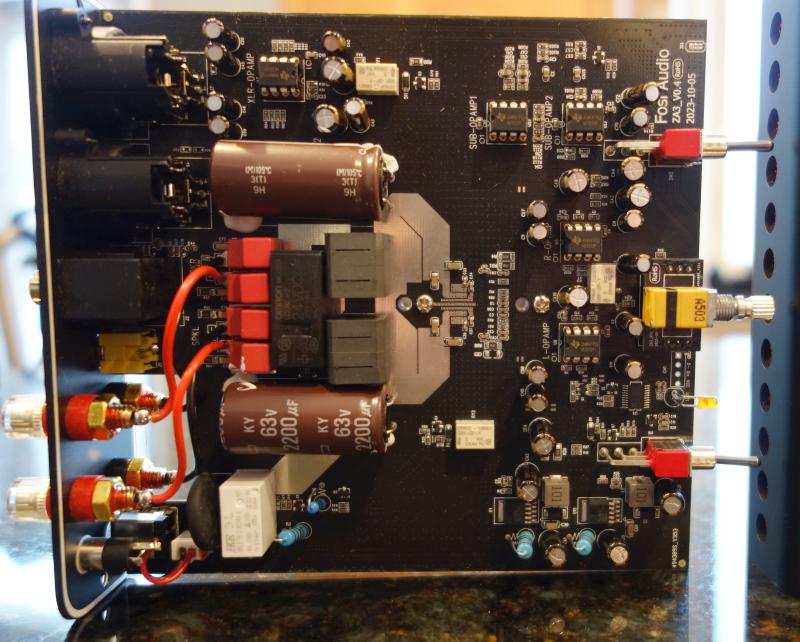
Other boutique op-amps can be swapped in, but adding new ones may not always be a great idea or guarantee “better” performance. It is fairly easy for some faster op-amps to become unstable and oscillate in the wrong situation, or perhaps they cannot drive the load, or the gain is not structured correctly to minimize distortion.
The high price tags of other op-amps might be a result of low use so it does not benefit from economy of scale, or just flat out because they can. I happen to have 4 BB ones ranging from the OPA2134PA, 2227P, 2228P and 2107AP from an Audiotrak Prodigy soundcard experiment.
I might investigate in a separate review if I find it interesting enough, some of them might add noise or cause instability and I would like to measure the effects if possible using my limited measurement equipment. The heatsink + power resistors would most likely overheat when looking at distortion components, I really need to bring out my water heater element load to handle the power better.
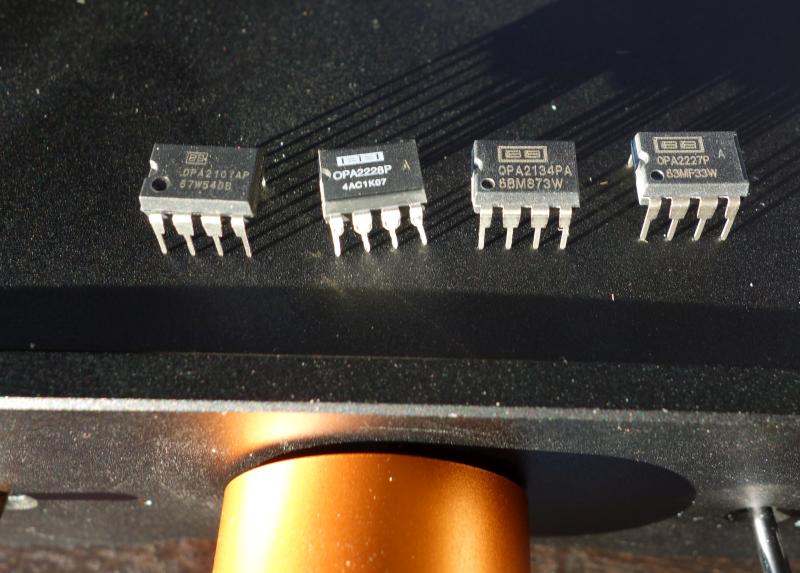
Bipolar, FET and discrete op-amps can behave differently as well so without proper testing equipment, you might introduce some coloration into your audio chain. There used to be great information by Douglas Self over a decade ago, but there are also many other great resources (59+ op amps tested ) found throughout the internet or in books.
You can also just take the religious route and just believe. I can fully appreciate how hard it is to remove sighted bias from testing, and how short our memory is if not performing quick changes to compare.
FINAL REMARKS
I did test it in mono mode while I did some housework, and it never got too warm or shut down. I was not stress testing, but I feel confident that the Fosi Audio ZA3 handles mono loads just fine and they boost a 240W power rating into a 4 ohm load. Get two and run them as monoblocks and have ultimate channel separation.
Channel separation is the noise of one channel bleeding into the other channel if you were unaware. One missing feature is a volume control bypass for the dual mono folks, but max them out and let it rip through another pre-amp device, DAC or streamer.
One feature missing is perhaps a phono input for the resurgence of vinyl. It’s not a must have feature, as those really into vinyl might prefer to use a standalone phono preamp of their choosing anyway. Other people might prefer bluetooth input instead, a good DAC or preamp might include those features separately, I enjoy this as just an amp.
Class D is essentially a motor control circuit design tailored to meet the audible audio frequency spectrum requirements, and speakers share similarities to motors in that a coil of wire is excited through a magnetic field. There should be no fear in using modern Class D amps and losing fidelity. While differences were noted between full fledged larger brethren, I have minor qualms in recommending the Fosi Audio ZA3 amplifier.
While the V3 is on loan to Loomis I am unable to directly compare, I believe the ZA3 stages closer to the Adcom and Parasound than the V3 did. It does a better amplification job than an AVR and it looks sleek on a desktop being plenty powerful in a nearfield setup.
Disclaimer: Fosi Audio thankfully provided this gratis and this review was not written by robots.
FOSI AUDIO ZA3 SPECIFICATIONS
Chip Set Texas Instruments TPA3255
Output Power With 48V/5A PSU
Stereo: 155Wx2 @4Ω
Mono: 235Wx1 @4Ω
With 32V/5A PSU
Stereo: 95Wx2 @4Ω
Mono: 110Wx1 @4Ω
Terminating Impedance 2-8Ω
Input Mode RCA, XLR, 1/4″ TRS
Output Mode Speaker Output (supports banana plug or bare wire connection), Active Subwoofer Output
Frequency Range 20Hz – 20KHz(±0.1dB)
SINAD 89dB
THD <0.006%
SNR ≥106dB
Dynamic Range ≥106dB
Device Dimension 15.49 x 18.39 x 5.08 cm; 1.78 Kilograms
DC Input Range 24-48V
Power Supply 32V/5A, 48V/5A
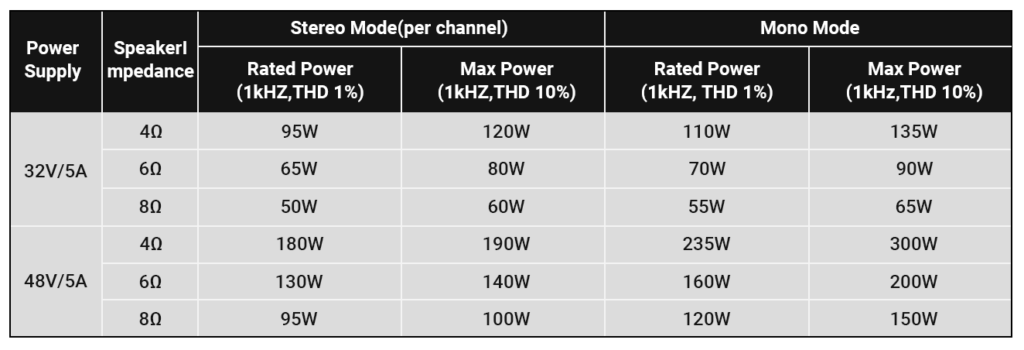
DISCLAIMER
Get it from Following Stores:
Our generic standard disclaimer.



